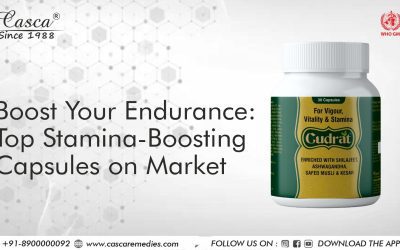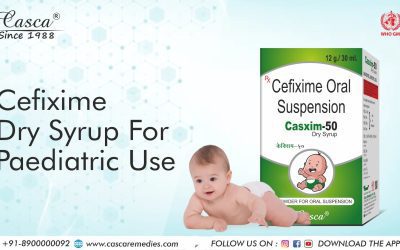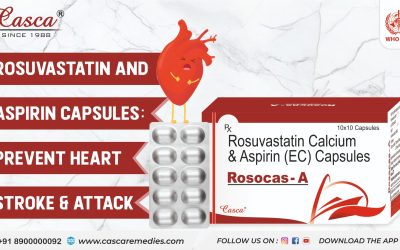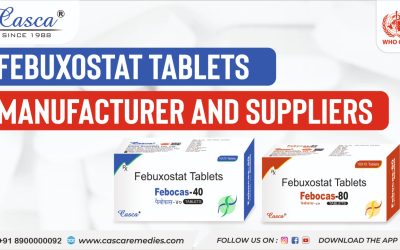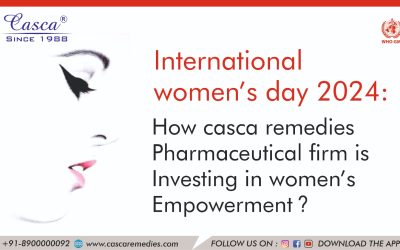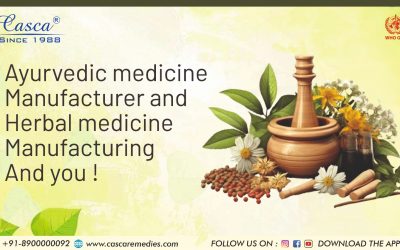Are Some Sunscreen Lotions Better Quality than Others?
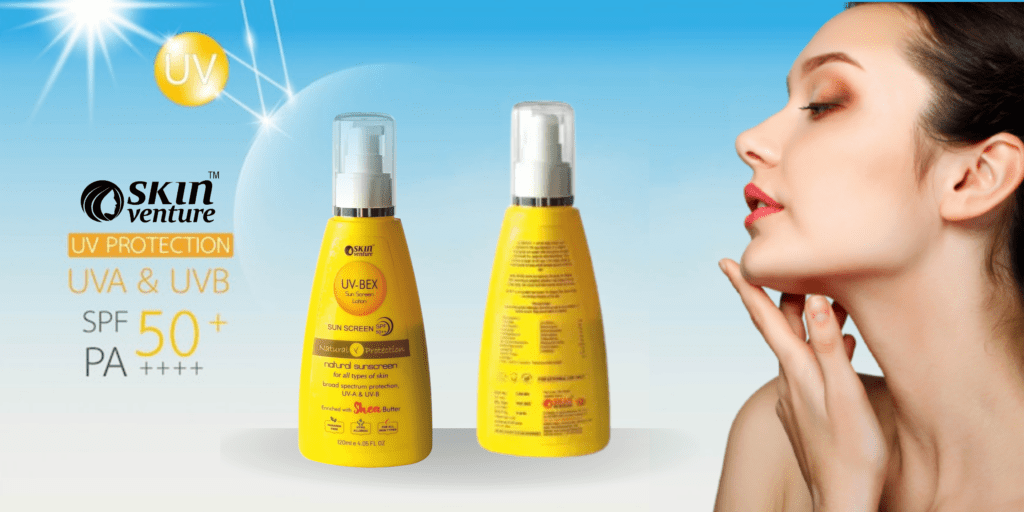
In a nutshell, no. Sunscreen lotions are highly regulated in India and each product must perform to its label claim. Each year, many sunscreen lotions fail to work as effectively as their labels claim. Most manufacturers experience at least one or two such complaints annually.
How are Sunscreen Lotions Regulated?
Indians need to be aware that sunscreen lotions are regulated as therapeutic goods in India and as such must be entered on the Indian Register of Therapeutic Goods (IRTG). The DCGI approved formulations and FDA-approved sunscreen lotions ensure that all sunscreens have been tested to the Indian Standard before they are sold. The Standard sets out methods and specifications to ensure that the product meets its label claim.
How are they tested and what does SPF mean?
Before being sold to the public, each sunscreen lotion must be certified by a board of dermatologists. The board’s members apply ultraviolet light to samples of at least 10 people’s skin to determine the Minimum Erythema Dose (MED). Then they apply a recommended amount of the sunscreen and reapply the UV light until the test subjects’ unprotected skin turns red. The product’s Sun Protection Factor (SPF) is calculated by dividing the MED by the duration of time it takes unprotected skin to turn red. For example, if it takes 10 minutes for unprotected skin to turn red, then an SPF50 product would theoretically protect skin for 500 minutes, or 8 hours.
Chemical or mineral?
Chemical actives and mineral actives, which must both deliver the performance claimed on the label, are differentiated by personal preference. Recent research conducted in Hawaii has shown that some chemical sunscreen activities are responsible for coral damage. As a result of this finding, there has been a growing trend away from chemical sunscreen activities. By law, chemical actives must appear on labels and must be quantified; these substances work by converting incident UV light into heat and are collectively known as solar absorbers. The most common being:
- Homosalate
- Octocrylene
- Octyl Methoxycinnamate
- Octyl salicylate
- Butyl Methoxydibenzoylmethane
The move away from chemical sun absorbers has seen an equal rise in mineral sunscreen active products. The most popular minerals used for sunscreen are:
- Zinc oxide
- Titanium dioxide
Mineral and chemical sunscreens both reflect and absorb incident UV light. They are regulated by the same mechanism and must demonstrate sufficient efficacy to protect against sunburn and ultraviolet damage.
If Sunscreen Lotions are Heavily regulated why do they sometimes fail to work?
Apparent sunscreen lotion failure happens a couple of times a season for every sunscreen brand. However, Wild Child Laboratories manufacture over 100 tonnes of sunscreen lotion per year for various brands. We typically receive between 2 and 3 complaints relating to product efficacy per year on average. When we re-test the product we have always found that it met with its release specification and is as functional as it was designed.
How do we get the application rate so wrong?
There is only one ingredient in our sunscreen lotion and that is Zinc Oxide, which is an FDA-approved mineral sunscreen. It has a mineral SPF of 20 which blocks 97% of all UVB rays. Our skin constantly changes tone during the course of a year and is much more sensitive to ultraviolet light in the springtime than it would in mid-summer or autumn. This is largely due to the loss of the pigment melanin during the winter months. As our exposure to ultraviolet light progresses melanin levels in our skin increase and produce a tan. As a consequence, we become more and more immune to low to moderate UV levels as the summer progresses. It is therefore quite common for most of us to be accidently sunburnt in the early summer months. This is because we are used to not taking precautions when exposed to winter sunshine with very low UV levels.
How does sunburn happen even though we apply Sunscreen Lotion?
The sun is really damaging to our skin and this damage is cumulative, it builds up over time, creating visible aging. We typically go out into the sun in the spring and only apply sunscreen once we start to feel warm or hot. Unfortunately, on a high UV index day, this is too late to prevent burning because the damage (erythema) has already occurred. Therefore, manufacturers are required by TGA to place instructions on sunscreen to apply 20 minutes before exposure. In addition, the amount of sunscreen applied varies dramatically between individual users and is the primary cause of sunscreen failure. With zinc oxide based sunscreens, we have a habit of rubbing the product in until we can’t see any whiteness. Unfortunately, this is not enough sunscreen to give maximum benefit, the scientifically determined application rate for sunscreens is 2mg of active ingredient per square cm, this may not sound a lot but it’s equivalent to about 20g or 1/5 of a 100g tube of product on a 5-year-old.
Sunscreen lotions, sprays, and roll-ons are less likely to be applied correctly. Once again, this is because of our interpretation of how much is enough. The third important aspect of sunscreen protection is re-application. The Indian standard calls for immersion tests that determine the water resistance of Sunscreen lotions. Unfortunately, the standard does not allow for toweling off or loss by abrasion.
Buy Sunscreen Lotion From Our Official Website www.buyskinventure.in
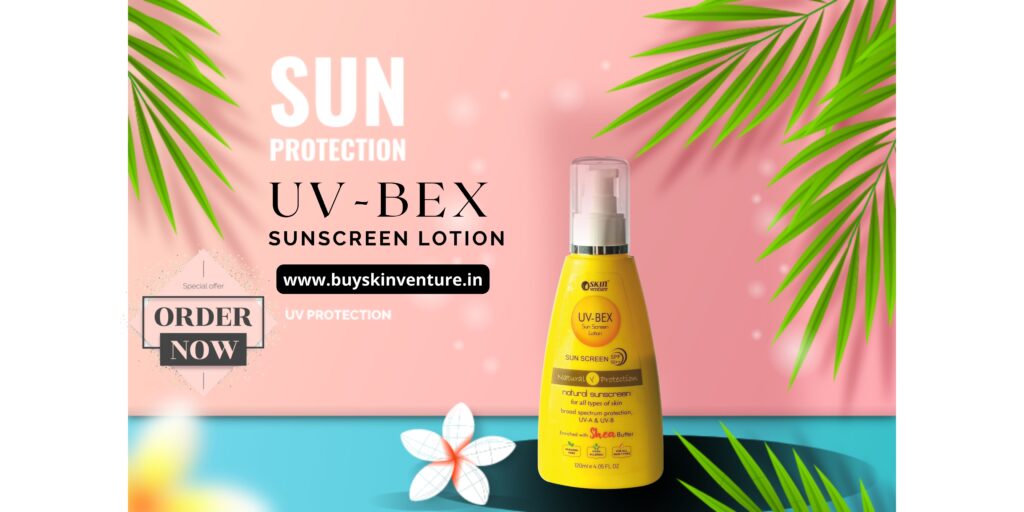
Skin Venture is a dermatological division of Casca Remedies Pvt . Ltd. Skin Venture is a leading derma company.
www.buyskinventure.in

